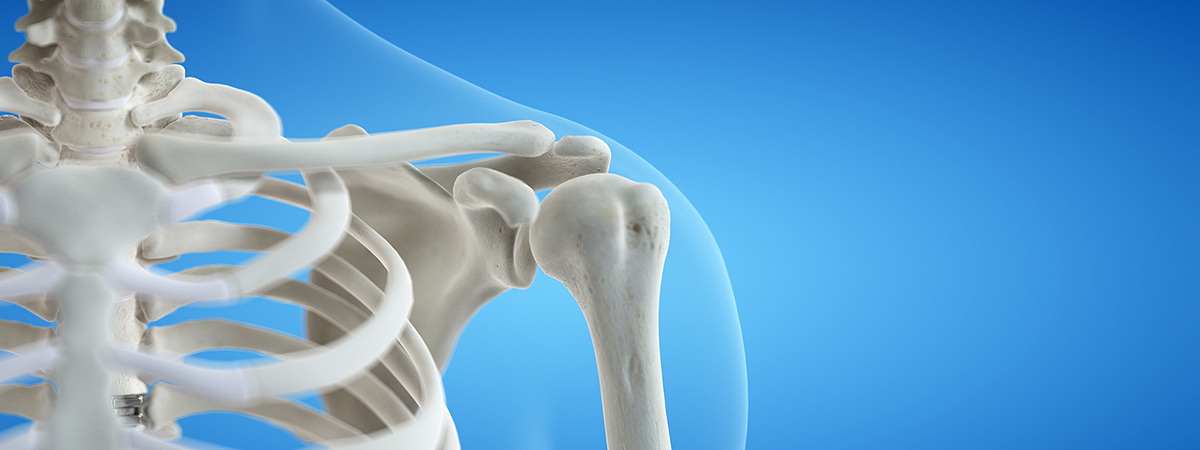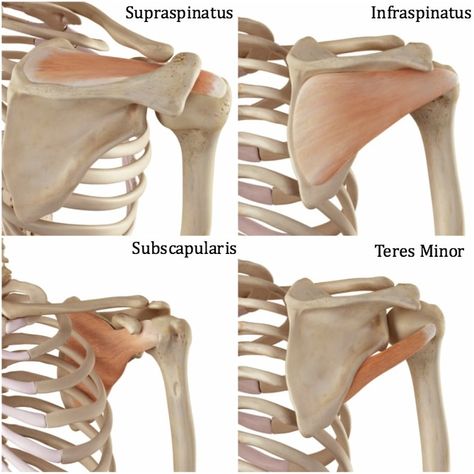

The shoulder is the most mobile joint in the human body. It is a spherical joint that connects the scapula and humerus. The shoulder joint consists of three joints: the actual shoulder joint, the scapula-clavicle joint and the clavicle-sternum joint.
There are no bony structures in the shoulder joint to support or restrict movements. The humerus is supported in the scapular pit by ligaments, a joint capsule, the surrounding muscles and their tendons.
The muscles supporting the shoulder joint with their tendons form the rotator cuff.
It includes:
- m.supraspinatus (supraspinatus muscle)
- m.infraspinatus (infraspinatus muscle)
- m.teres minor (teres minor muscle)
- m.subscapularis (subscapularis muscle)
There are many muscles involved in shoulder movement.
Muscles moving the shoulder joint:
- m.deltoideus
- m.pectoralis major
- m.pectoralis minor
- m.trapezius
- m.latissimus dorsi
- m.serratus anterior
- m.coracobrachialis
- m.biceps brachii
- m.triceps brachii
The shoulder cooperates closely with the scapula. The scapula is part of the shoulder girdle.
Humeroscapular rhythm refers to the coordinated cooperation of the scapula and humerus, which is regulated by the muscles of the rotator cuff and the muscles that move the scapula. Imbalance in scapular musculature causes disturbances in the functioning of the entire shoulder girdle.
That is, the scapula affects the regulation of the position of the shoulder joint, so even small changes in the muscles of the scapula affect the position and forces of the shoulder joint. Shoulder rehabilitation must always take into consideration the scapula and vice versa.
Most common shoulder disorders:
- Shoulder impingement
- Rotator cuff syndrome
- Rotator cuff ruptures
- Shoulder dislocation
- Shoulder instability
- Osteoarthrosis of the shoulder joint
- Frozen shoulder
- Bicep tendon disorders
